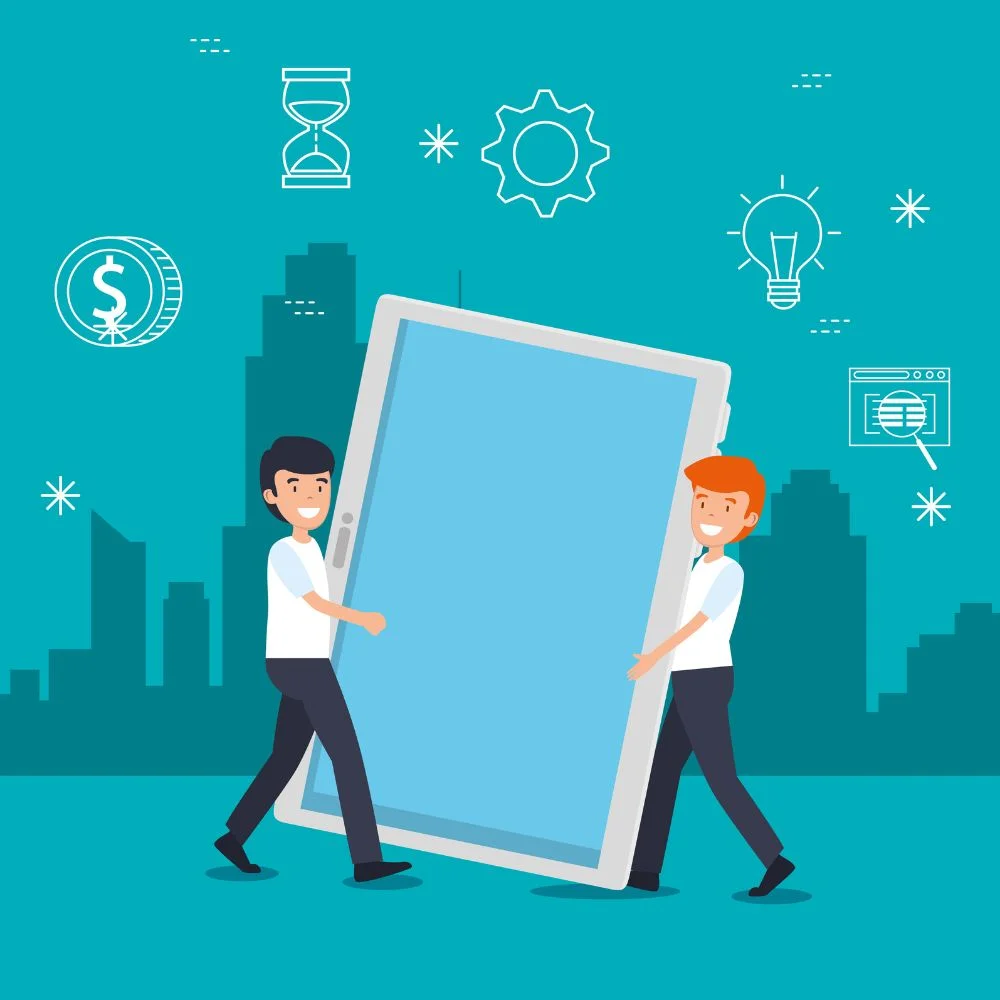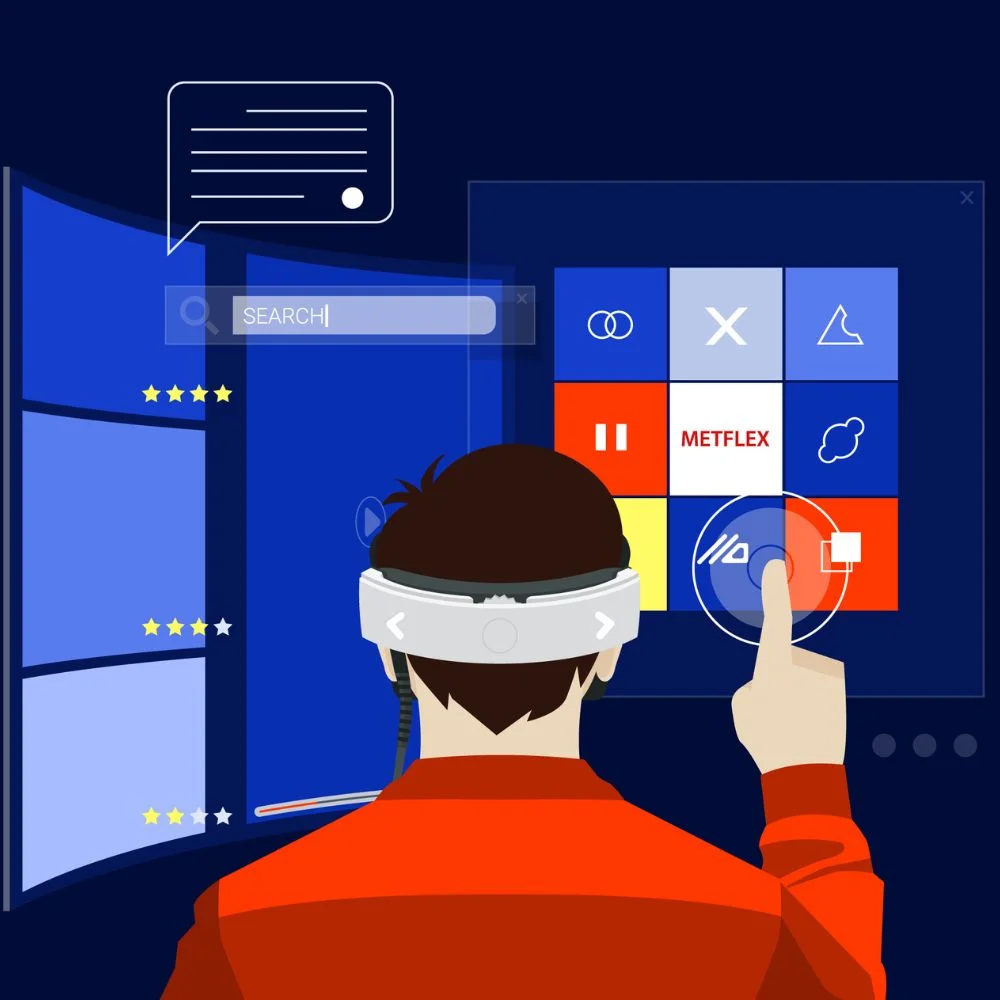Lidarmos blends LiDAR (Light Detection and Ranging) with MOS (Measurement, Optimization, Systems) to create a smart, full-system solution for 3D mapping, real-time analysis, and automation. It’s not just hardware, it’s a responsive ecosystem that captures, refines, and uses spatial data seamlessly.
What is Lidarmos?
The term Lidarmos combines LiDAR and MOS, representing systems that:
- Send laser pulses to measure distance.
- Collect high-precision 3D point clouds.
- Apply on-device processing, such as real-time mapping.
- Integrate with robotics, drones, vehicles, or smartphones.
It goes beyond just scanning; it turns raw data into usable insights instantly.
Core Components of Lidarmos Systems
- High-resolution LiDAR sensors: Compact units measuring pulses and distances with cm-level accuracy.
- On-device processors: Custom MOS chips handle mapping, loop closure, and optimization without relying on external servers.
- Software integration: Works with ROS 2 frameworks (like LOAM/LeGO-LOAM), mobile apps, and cloud pipelines.
- User interfaces & SDKs: Offer dashboards for visualizing 3D scans, adding annotations, exporting to CAD, and mapping tools.
How Lidarmos Works
- Data capture: Sensors emit laser pulses, record reflections as 3D points.
- Pre-processing: Initial noise filtering, down-sampling, and feature extraction.
- SLAM backend: Algorithms like LOAM/graphSLAM run on the device or ROS2 to build maps.
- Optimization: Loop closure and pose graph refinement ensure consistency.
- Output: Provides maps, trajectories, and real-time results via UI or ROS topics.
Why Lidarmos Matters Now
- Autonomy & Robotics: Enables compact mapping and navigation for robots/drones without tethered systems.
- Smart Cities & Infrastructure: Use cases in digital twins, traffic modeling, worker safety, built on real-time 3D perception.
- Farming & Environment: Supports precision agriculture, terrain modeling, and ecosystem monitoring.
- Everyday Tools: Emerging phone or drone integrations make affordable LiDAR accessible to regular users.
Under-the-Hood: Technical Highlights
- Decent hardware: Modern MOS chips handle millions of points per second with minimal power.
- SLAM-aware stack: Uses ROS 2 frameworks like lidarslam_ros2 or LOAM adaptations for accurate mapping.
- Loop closure: Essential for alignment and drift reduction in long-range mapping.
- Multi-Sensor Fusion: Combines IMU, odometry, or vision data for robust navigation in the real world.
What’s New with Lidarmos?
1. Real-Time MOS Processing
On-device processing delivers spatial insights quickly no need to offload to the cloud.
2. ROS 2 Integration
Works with ROS 2 SLAM packages, enabling developers to plug and play with standard robotics workflows.
3. Compact, Low-Power Design
Perfect for drones or portable use, blending battery life with precise sensing.
4. Broad Real-World Adoption
Being tested in areas from agriculture and AVs to urban scene modeling and disaster response.
LIDAR vs. Traditional LiDAR
| Feature | Traditional LiDAR | Lidarmos |
| Data Processing | Manual/cloud | On-device (MOS) |
| Accuracy | High, offline | High, real-time |
| Integration | Complex | Easy with ROS 2 & APIs |
| Size/Power | Often large | Compact & efficient |
| Real-time output | No | Yes |
How It’s Used Today?
1. Autonomous Vehicles
Delivers real-time 3D surrounding maps for obstacle detection and navigation planning in self-driving cars.
2. Precision Farming
Mounted on drones to create elevation, soil, and crop health maps, guiding irrigation and harvest decisions.
3. Urban Planning
Generates accurate 3D scans of buildings, roads, and public spaces for CAD modeling and infrastructure analytics.
4. Safety & Infrastructure
Detects structural issues in bridges or earthquake damage through fast, high-resolution site surveys.
5. Consumer & AR
Phones and consumer drones are beginning to integrate LiDAR modules for 3D scanning and AR well-being.
Getting Started with Lidarmos
- Pick a sensor + MOS board combo(embedded or external units).
- Install software: ROS 2 packages, lidarslam_ros2, LOAM, and user UI.
- Connect via USB/Ethernet: Ensure drivers & port mapping.
- Launch SLAM stack: ros2 launch lidarmos start.launch |.
- Calibrate & Map: Use loop closures and odometry sensors.
- Visualize & Export: Map in RViz or dashboard, then export to PCD/CAD formats.
Best Practices & Tips
- Use odometry or IMU: Helps reduce drift in real-time SLAM.
- Set resolution right: High resolution for details, reduce for speed.
- Loop closures matter: Essential for areas revisited to fix drift.
Monitor hardware limits: Ensure processing matches sensor FPS.
The Future of Lidarmos
- AI & Sensor Fusion: Integrating camera + LiDAR on-device for advanced scene understanding.
- Ultra-High Resolution: Capturing more points with fine detail and sub-cm accuracy.
- Cloud Sync: Hybrid on-device + cloud fusion for large-scale mapping.
- Consumer Integration: LiDAR MOS chips in phones, VR gadgets, AR headsets.
How Lidarmos Is Shaping the Future of Mapping?
1. What Makes Lidarmos Stand Out
- Real-time 3D mapping with built-in AI optimization.
- Lightweight and compact design for mobile platforms.
- Full ROS 2 compatibility for plug-and-play robotics development.
- Seamless loop closure and pose correction to reduce mapping errors.
- Works both indoors and outdoors, including GPS-denied environments.
Technologies Used in Lidarmos
1. Hardware Technologies
- Multi-echo LiDAR sensors: for dense point cloud creation.
- Onboard MOS chips: to handle local processing.
- IMU and Odometry Integration: for enhanced positioning.
- Power-efficient boards: suited for drones and mobile robots.
Software Stack
- ROS 2 SLAM packages: lidarslam_ros2, LeGO-LOAM, Slam_toolbox.
- Real-time 3D rendering in tools like RViz.
- Export options for PCD, OBJ, and CAD-friendly formats.
- Dashboard interfaces for live visualization.
Latest Features in Lidarmos Development
1. Advanced Real-Time Capabilities
- Onboard loop closure correction.
- Feature point optimization using ICP or graph-SLAM.
- Autonomous map merging from multiple runs.
2. Performance Enhancements
- Reduced power draw (under 10W on average).
- Capable of handling 1M+ points/sec.
- Faster frame rates (10Hz–20Hz with stable SLAM).
3. ROS 2 Interoperability
- Publishes to /scan, /map, /odom, and /tftopics.
- Launch files for plug-in sensors like Livox, Velodyne, and Ouster.
- Works with simulation tools like Gazebo and Ignition.
Real-World Applications of Lidarmos
1. Urban & Smart City Use
- 3D building scanning for reconstruction and planning
- Traffic flow monitoring and object tracking.
- Autonomous garbage collection and delivery system
2. Precision Farming
- Real-time terrain mapping for irrigation planning.
- Monitoring crop health using elevation and reflectivity data.
- Mapping farm boundaries and obstacles with centimeter accuracy.
3. Autonomous Vehicles
- SLAM-based lane detection and path prediction.
- Sensor fusion with cameras for object recognition.
- HD map generation for route optimization.
4. Infrastructure & Safety
- Scanning construction zones for worker safety.
- Inspecting bridges, tunnels, and elevated roads.
- Post-disaster structural assessment and 3D reconstruction.
Technical Insights: How SLAM Works in Lidarmos
1. Core Steps of SLAM:
- Scan Matching: Aligns new LiDAR scans to existing maps.
- Pose Estimation: Calculates the sensor’s current position.
- Loop Closure: Detects revisited areas to correct drift.
- Optimization: Refines the pose graph using graph-SLAM or pose-graph methods.
2. Supported Algorithms
- LeGO-LOAM: Lightweight and efficient.
- Slam_toolbox: Robust for multi-session mapping.
- Cartographer (Beta): For dense indoor mapping.
- ICP & NDT Matching: For refining frame-to-frame alignment.
Developer Tools & Ecosystem
1. What’s Included for Developers?
- ROS 2 launch packages and source code.
- C++/Python SDKs for integration.
- Pre-built container images for Jetson, Raspberry Pi.
- Simulated environments for testing (e.g., Gazebo worlds).
- Data logging tools and visual debuggers.
Data Security and Privacy
Lidarmos also supports data security through:
- On-device storage(no cloud dependence).
- Optional TLS encryption for ROS topics.
- Role-based access for visualizations and data sharing.
- GDPR compliance for urban and consumer deployments.
Lidarmos for Education & Research
1. Why Researchers Love Lidarmos
- Open-source code available for SLAM experiments.
- Compatible with public LiDAR datasets.
- Excellent for teaching robotics, AI, and computer vision.
- Portable to fieldwork and lab-based projects alike.
More Use Cases Being Explored
- Search and Rescue in GPS-denied disaster zones.
- Warehouse Inventory Scanning using indoor drones.
- Wildlife & Forest Mapping in national parks.
- Historical Site Preservation through 3D scan archiving.
conclusion
Lidarmos is not just evolving LiDAR; it’s applying LiDAR in smarter, real-time, integrated ways across industries. If you’re looking into robotics, mapping, smart agriculture, or even AR/VR innovations, this is a key technology to follow and adopt. Want help choosing components, setting up a ROS 2 project, or planning a use-case demo? Just say the word, I’m here to help!





